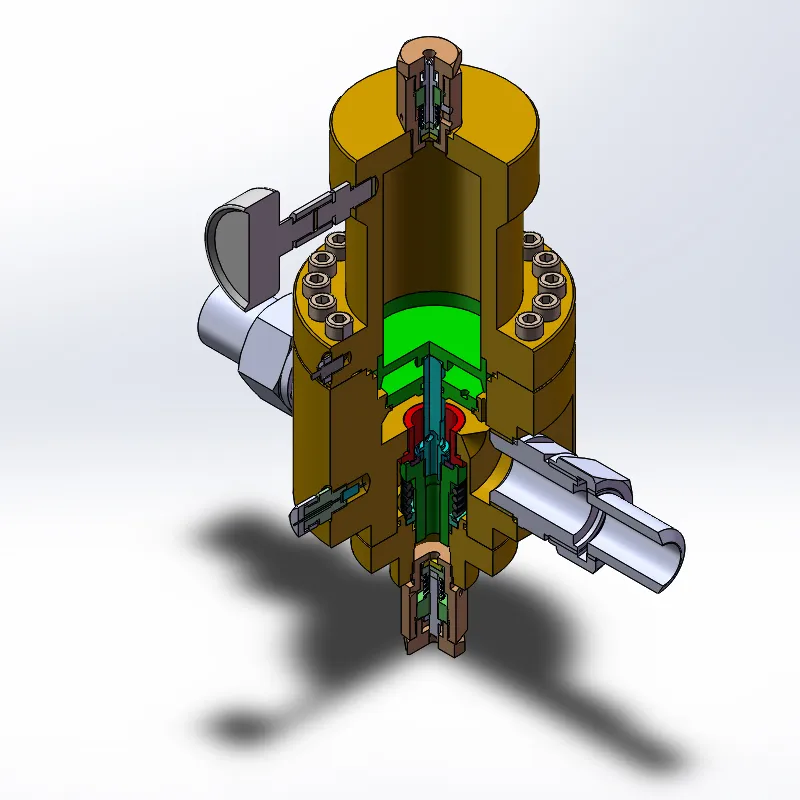
Nov . 02, 2024 11:33
Back to list
natural gas pressure reducing valve
Understanding Natural Gas Pressure Reducing Valves
Natural gas has become an essential part of our daily lives, powering homes and businesses with a reliable and efficient energy source. However, to ensure its safe and effective use, it is crucial to manage and regulate its pressure. This is where natural gas pressure reducing valves (PRVs) come into play.
A natural gas pressure reducing valve is a vital component in gas distribution systems. Its primary function is to reduce the pressure of natural gas from a high pressure in the supply line to a lower, usable pressure suitable for household and industrial applications. This is important because natural gas is typically transported at high pressures to ensure efficient delivery over long distances. If used at this high pressure, appliances and equipment would not function properly and could even be damaged.
The design of a pressure reducing valve is quite sophisticated. It usually consists of a chamber where gas enters at a higher pressure. Inside the valve, a diaphragm adjusts according to the pressure exerted by the gas, maintaining a constant output pressure regardless of fluctuations in the supply pressure. This mechanism enables users to receive a steady gas flow, which is critical for the safe and efficient operation of appliances like stoves, heaters, and boilers.
natural gas pressure reducing valve

Moreover, modern PRVs often incorporate additional safety features, such as built-in relief valves that can vent excess pressure or automatic shut-off functions that activate in the event of a malfunction. These features are essential for ensuring the safety of users by preventing dangerous situations that could arise from overpressure scenarios, including potential gas leaks or explosions.
Regular maintenance and inspection of pressure reducing valves are crucial for ensuring their proper operation. Over time, wear and tear can occur, leading to potential failures. Therefore, users must keep an eye on the performance of these valves and consult with qualified professionals for any necessary repairs or replacements.
In conclusion, natural gas pressure reducing valves are indispensable in the distribution and utilization of natural gas. They ensure that gas is delivered at safe and manageable pressures, protecting both equipment and users. With advancements in technology, these valves have evolved to include enhanced safety features, providing peace of mind to consumers and industry operators alike. Understanding their function and importance can help users appreciate the intricate systems that allow us to harness the energy of natural gas safely and effectively.
Next:
Latest news
-
Safety Valve Spring-Loaded Design Overpressure ProtectionNewsJul.25,2025
-
Precision Voltage Regulator AC5 Accuracy Grade PerformanceNewsJul.25,2025
-
Natural Gas Pressure Regulating Skid Industrial Pipeline ApplicationsNewsJul.25,2025
-
Natural Gas Filter Stainless Steel Mesh Element DesignNewsJul.25,2025
-
Gas Pressure Regulator Valve Direct-Acting Spring-Loaded DesignNewsJul.25,2025
-
Decompression Equipment Multi-Stage Heat Exchange System DesignNewsJul.25,2025

